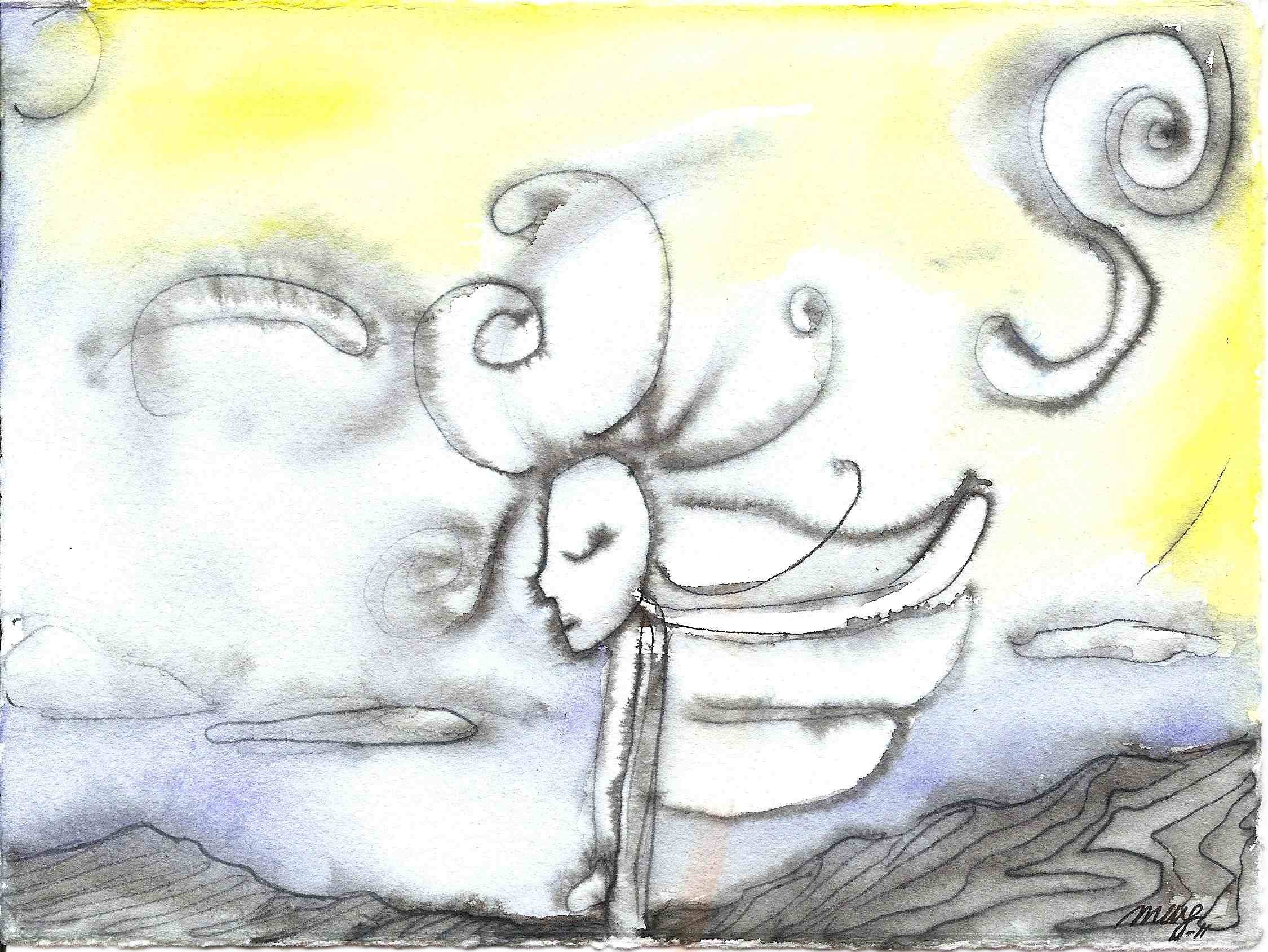
EMDR Therapy

EMDR therapy
EMDR therapy is a structured approach designed to aid patients in addressing trauma memories. It involves focusing briefly on the traumatic memory while simultaneously experiencing bilateral stimulation, often through eye movements. This technique aims to reduce the vividness and emotional impact associated with these memories. Extensive research supports EMDR as an effective psychotherapy method for treating trauma and symptoms of PTSD. Studies indicate positive clinical outcomes and suggest its efficacy in managing disorders like anxiety, depression, OCD, chronic pain, addictions, and other challenging life experiences (Maxfield, 2019). EMDR has shown superiority over Prozac in trauma treatment (Van der Kolk et al., 2007). According to Shapiro and Forrest (2016), EMDR therapists across 130 countries have successfully treated millions of individuals, highlighting its global impact and widespread use.

How is EMDR therapy different from other therapies?
EMDR therapy does not require talking in detail about the distressing issue or
completing homework between sessions. EMDR therapy, rather than focusing on changing the emotions, thoughts, or behaviors resulting from the distressing issue, allows the brain to resume its natural healing process.
EMDR therapy is designed to resolve unprocessed traumatic memories in the brain. For
many clients, EMDR therapy can be completed in fewer sessions than other
psychotherapies.
How does EMDR therapy affect the brain?
Our brains have a natural way to recover from traumatic memories and events. This process involves communication between the amygdala (the alarm signal for stressful events), the hippocampus (which assists with learning, including memories about safety and danger), and the prefrontal cortex (which analyzes and controls behavior and emotion). While many times traumatic experiences can be managed and resolved spontaneously, they may not be processed without help.
Stress responses are part of our natural fight, flight, or freeze instincts. When distress from a disturbing event remains, the upsetting images, thoughts, and emotions may create an overwhelming feeling of being back in that moment, or of being “frozen in time.” EMDR therapy helps the brain process these memories, and allows normal healing to resume. The experience is still remembered, but the fight, flight, or freeze response from the original event is resolved.
Who can benefit from EMDR therapy?
EMDR therapy helps children and adults of all ages. Therapists use EMDR therapy to address a wide range of challenges:
Eating disorders
Grief and loss
Pain
Performance anxiety
Personality disorders
Post-Traumatic Stress Disorder (PTSD) and other trauma and stress-related issues
Anxiety, panic attacks, and phobias
Chronic Illness and medical issues
Depression and bipolar disorders
Dissociative disorders
Sexual assault
Sleep disturbance
Substance abuse and addiction
Violence and abuse
Can EMDR therapy be done without a trained EMDR therapist?
EMDR therapy is a mental health intervention. As such, it should only be offered by properly trained and licensed mental health clinicians. EMDRIA does not condone or support indiscriminate uses of EMDR therapy such as "do-it-yourself" virtual therapy.
How did EMDR therapy start?
In the late 1980s, Francine Shapiro, Ph.D., discovered a link between eye movement and persistent, distressing memories. This personal insight led her to embark on a lifelong journey of studying and developing Eye Movement Desensitization and Reprocessing (EMDR) therapy.
Despite initial skepticism, Dr. Shapiro's work evolved from a hypothesis into a structured therapy process. EMDR therapy has since been shown to be effective for treating trauma through randomized clinical trials, case studies, and millions of clinical hours worldwide. Numerous organizations, including the American Psychiatric Association, the U.S. Department of Veterans Affairs (USVA) and Department of Defense (USDOD), the United Kingdom’s National Institute for Health and Care Excellence (NICE), and the World Health Organization (WHO), now recognize the effectiveness of EMDR therapy.
The growing public acceptance of EMDR therapy is evidenced by figures such as Prince Harry, who reported using EMDR to address childhood trauma, and Sandra Bullock, who shared her experience with EMDR therapy following a traumatic break-in at her home.
Dr. Shapiro played a key role in establishing the EMDR International Association (EMDRIA), which includes over 15,000 mental health professionals utilizing EMDR therapy in their clinical practice to address various mental health conditions. Although Dr. Shapiro passed away in 2019, her legacy in trauma-informed mental health care continues through the work of EMDR therapists, researchers, and the many patients who find healing through EMDR therapy.







